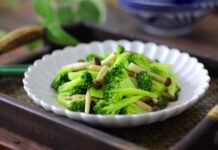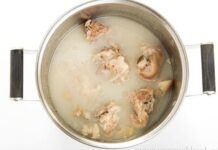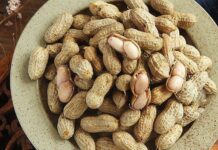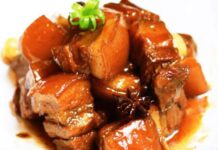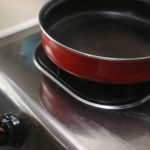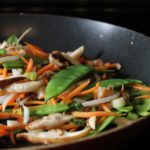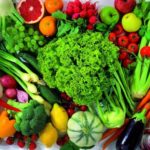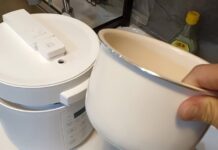Fried Dishes
– Many believe that using less oil when frying leads to less oily food. However, the opposite is true – food tends to absorb more oil when fried with less oil and is more prone to burning.
Pre-frying notes
+ Pat dry the food before frying, especially fish, to prevent it from breaking apart and absorbing too much oil.
+ For potatoes, after soaking them in water, drizzle some oil over the drained potatoes and toss to coat. This prevents the potatoes from wrinkling and absorbing excess oil during frying.
+ For larger pieces of food like chicken thighs, whole fish, or pork hocks, make shallow cuts on the surface to allow even cooking and prevent oil from pooling inside.
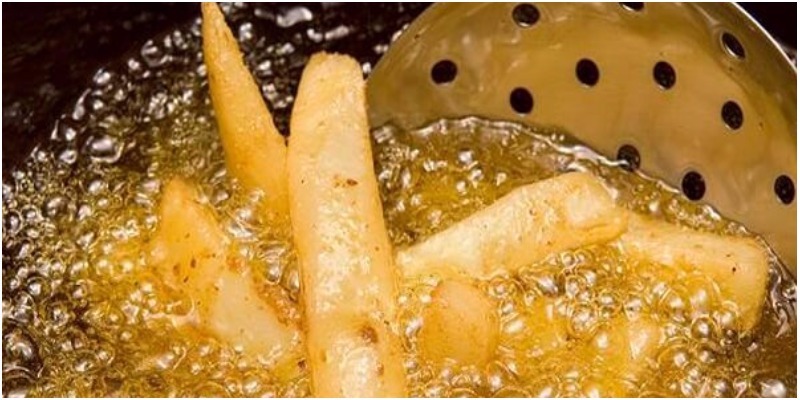
Post-frying notes
+ Place the fried food on a rack lined with paper towels to absorb excess oil.
+ Do not reuse old oil for frying other foods.
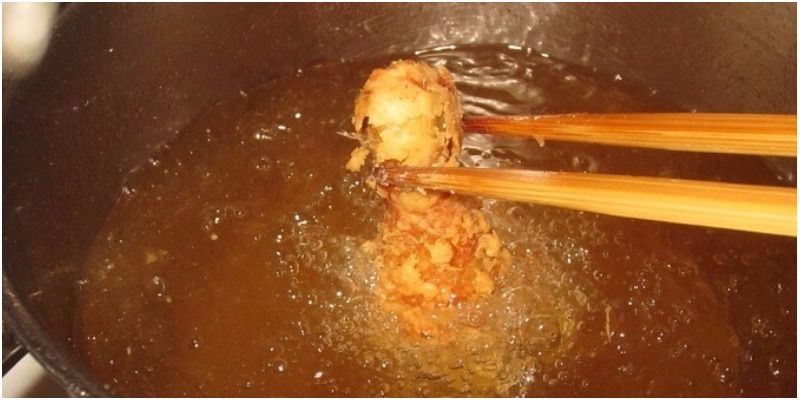
Stir-fried Dishes
– Blanch vegetables before stir-frying and cook over high heat. Blanched vegetables absorb less oil and retain their color better.
– When stir-frying vegetables with meat, seafood, or fish, cook the protein first, then blanch the vegetables and add them to the wok. Season, and give it a quick toss to coat the vegetables with a thin layer of oil.
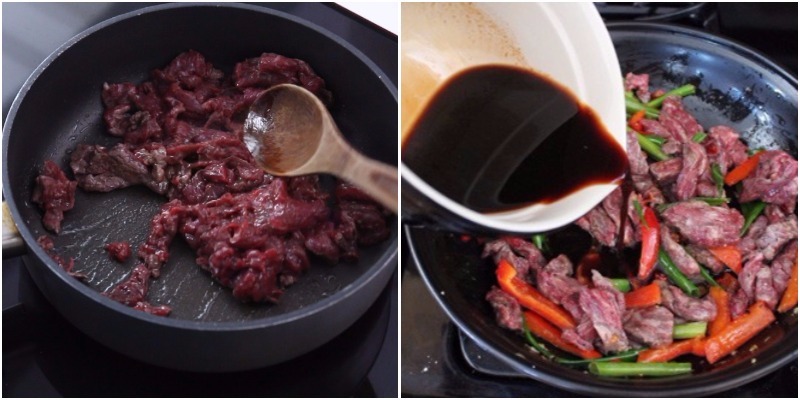
See also:
When marinating seafood or fish before frying or stir-frying, add a splash of alcohol to eliminate any fishy odor and enhance the aroma of your dish. Good luck!
Exploring Alternative Cooking Methods for Better Health – Part 2
Are you interested in providing nutricious meals for your family, but don’t know what cooking methods to use? Don’t let your lack of cooking skills keep you from providing the best possible health benefits for your family! Discover the different healthy cooking techniques that can maximize the nutrition in each delicious dish you create.











